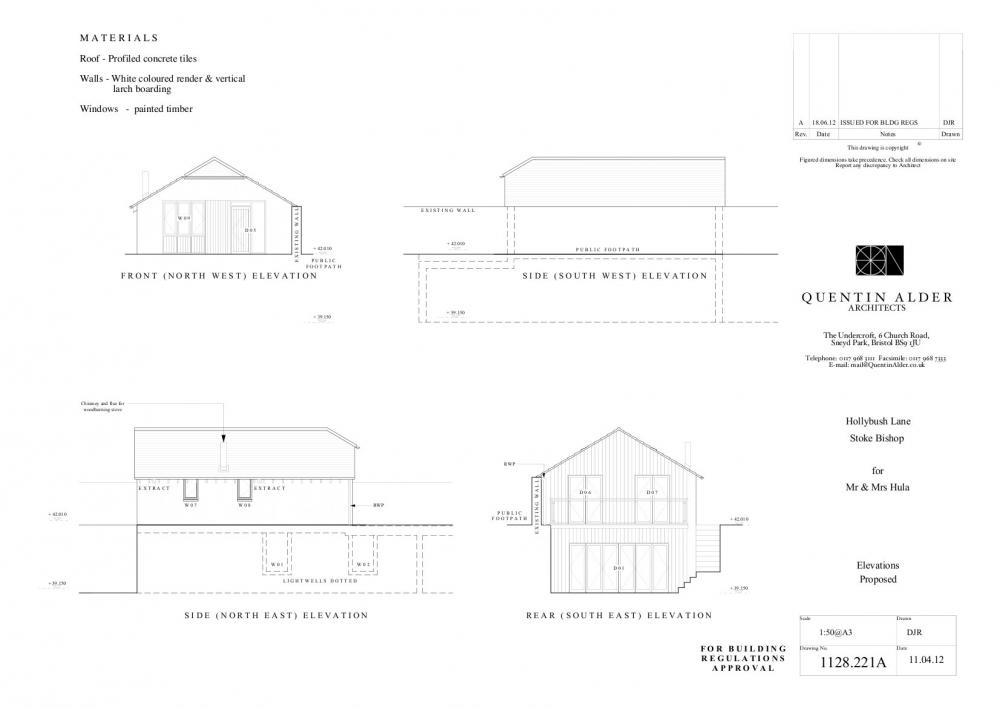Leaderboard
Popular Content
Showing content with the highest reputation on 08/12/17 in all areas
-
Hey all, Be prepared for lots of noob questions!; all help appreciated!! Guys have finished the timber frame and it looks AMAZING! - almost like a real house The roof confuses me (no sh*t). I understand on the main 'sides' it should be quite simple. Felt, batton with over hang at sides to allow for plastic fit verge things. I appreciate I need to get the spacing of the battons correct so the gauge is correct and also they ultimately over hang the fascia enough for the gutter. It's the front detail that confuses me. I have this hip thing! (not because I am cool!). SO!; the dry fit hip is fine for a continuous row along the apex of the roof - seems simple enough. But what happens when I meet the 'hip' and the hip tiles go in different directions? There will be a gap between the meeting point of the 3 hip tiles. Also when the 2 separate runs of hip meet the dry verge how does that marry up? Equally; assuming fascia is tacked onto fascia wood and tiles over hang edge and dry verge screwed to batton ends (assuming thats all correct) what happens when the angled verge meets the straight run at the base of the hip ? does it just run under the tiles that over hang the front? Appreciate lots of my questions aren't perhaps clear! So some photo's! Final 2 photo's show lots of strips the roofing company sold me (typically!); what are they for? All help appreciated as usual! - this thread might get quite long!1 point
-
1 point
-
Now there's a question. I think the answer is complex, idiosyncratic and depends what you want to track. I have met many female teachers who seem to have sponge-like memory for the finest detail about many things: getting used to carrying huge amounts of information about 30 or more young people is a mind-stretching thing. I think of a build as about 30 or so tracks of important information, of which 5 are really important at that time and a good 10 or more need close attention I find it fun to try and systematise information streams as far as possible. Why keep a Site Diary when you run a site CCTV or time lapse camera? Its easy to work out a day rate wages bill if you scan the time lapse; it's also easy to tell exactly what time the [xyz] was delivered. Lists of lists with reminders are essential. Google Keep works for me (it won't for many) Every expenditure heading on the master Spreadsheet has its equivalent linked File Notes file and Google Keep note (because I can write content to it by dictation from my phone if necessary) Copies of essential reference documentation are stuck to the wall in the kitchen on magnetic clips. A white board is full of (to anyone else) incomprehensible scribble and phone numbers. I keep a current notes board on the site noticeboard outside. I wish I could find a china graph pen. So notes don't smudge so much in rain. (must sort that) Almost all of this stuff Debbie keeps in her head. She doesn't need those props. I do. It is so damn annoying.1 point
-
@JohnW, thanks for your kind comments. Our resident Welsh Wizard may be able to offer more insight but with gas you start needing buffers or maybe even a TS because of the short cycling issue. I'm only guessing but I believe fuel costs would be lower (for DHW at least), but you end up paying another standing charge for your gas supply. I haven't costed gas vs ASHP, but I suspect there wouldn't be that much in it once capital, running and servicing costs taken into account. If you need cooling, gas isn't going to give you that capability. I can't really give you a definitive answer as it simply wasn't something I had to consider, but my gut feeling is I probably would have still gone with an ASHP set up.1 point
-
1 point
-
1 point
-
@recoveringacademic that Quay Concrete link I posted do a batch mixer and a pump ..... think of your knees ..!1 point
-
I mixed my own concrete for the base for my cabin in the woods, four big bags of ballast. It was hard work! But easier than pushing a wheel barrow of concrete up the drive and across a garden into an orchard, at least 100 yards. if I were you I'd get the local barrow mix guy in. Maybe Debbie could help1 point
-
Exactly. In addition the tile needs to overhang into the gutter by the right amount. When you move a tile to get the overhang right it's angle changes meaning the height of the fasia board needs to change. Worth making a mock up on the roof that includes several rows of tiles and short lengths of battens, the gutter, fasia and any membrane support tray. Took me a few goes to get it all looking right.1 point
-
If you don't get any joy out of Duisol you might care to submit a complaint to the ASA. Web sites are considered adverts and adverts must not be misleading. Can all be done online these days. You must provide a screen shot and state why you think it's misleading. They will give the company a chance to comment and for you to comment on their comment. In recent years I've made three complaints and had all upheld although one company strung out the process for a year and then withdrew their advert which meant the ASA didn't publish their findings. You don't win anything except the satisfaction that nobody else will be caught out.1 point
-
I managed to get hold of the architecht and planner who done the original planning for the steading he confirmed that it would need full planning again unfortunately but would be farely straight forward to do1 point
-
The top of the fascia board needs to be raised a bit because the bottom tile is not sitting on top of another tile. So if it's flush, the bottom tile will droop. Best way is to mock it up, put the bottom two tile battens on, sit the bottom 2 rows of tiles on, then offer up a bit of fascia board complete with a strip of the over fascia vent on, and adjust it's height until all the tiles sit at the same angle. That then gives you how high your fascia needs to be in relation to the rafters. Some styles even like to kick up the bottom row of tiles slightly but personally I don't like that.1 point
-
I lived for 18 months in a park home in my youth. We then spent 18 months is a static van on out last build, and have been in just a few months this time. So I think I know all the problems. The basic issue is the walls are so thin, the insulation levels are dire. When it gets cold, you WILL get condensation, lots of it. A dehumidifier will help but I can't tollerate the noise of that all the time so we ration it's uses. The biggest source of moisture is the occupants just breathing, cooking, and showering. If the wardrobes are on an outside wall, forget any notion of keeping clothes in them, unless you like damp mouldy clothes. We keep most of ours in the adjacent touring caravan. Although it's just as cold, with nobody breathing, cooking or washing in it, it doesn't suffer from condensation as there's no moisture to condense. To remain comfortable you have to keep throwing heat into them. Grit your teeth and just console yourself that your big electricity bill is less than the rent you were paying. you need an electric convector heater with a thermostat in every room. I also fitted extra insulation under the floor. Only a few panels had any. I could not work out if it was built with insulation under the floor and most of it fell out, or whether it wa built with none and someone gave up after insulating a bit. I also fitted a lot more lagging on the pipes to stand a chance of surviving a winter without freezing. And ye I have paneled in the gap around the bottom. as ours is remaining I have done a reasonable job, and put doors in to access the large storage area.1 point
-
Yes, another way of putting it is that A players like to work with A players. See this phenomenon in various walks of life.1 point
-
I've heard it suggested that building a "skirt" out of, eg, plywood to reduce drafts under the caravan keeps things warmer in winter.1 point
-
As an 18 month 'dweller' we found summer much more uncomfortable than winter. A top tip we were given in our first winter was to use a dehumidifier once it started getting cooler. As caravans have lots of ventilation openings and are usually dependent on LPG (oven, boiler and fire), there can be a lot of water vapour in the air, especially when its damp outside. As the van cools overnight, the vapour condenses out and the floor can feel very cold in the mornings. The dehumidifier significantly reduced this effect and, as it kicks out some heat, it also removed the need for the LPG fire (further reducing the water vapour in the air). The increased electricity to run it was worthwhile for the additional comfort.1 point

.jpg.c21f3ac78c9b7efd90cbdcb312744dc5.thumb.jpg.7adcad4c0e384f5ecd7d56b0618df6e5.jpg)










